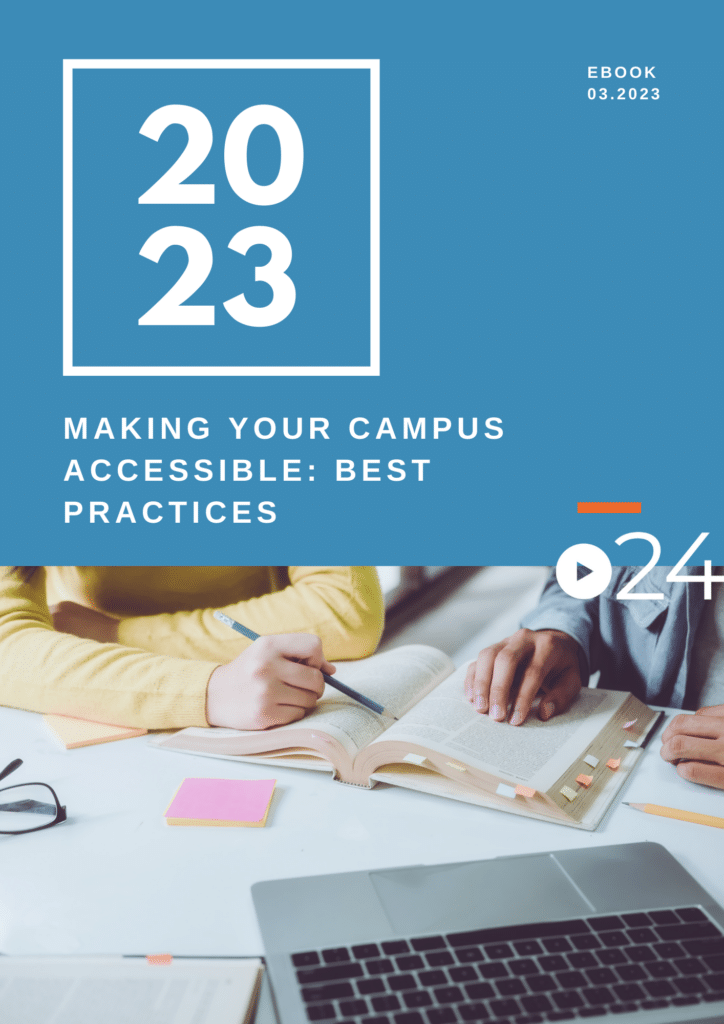This randomized controlled trial examined the impacts of Same-Language-Subtitling (SLS), a karaoke-style subtitling intervention, on…

U.S. College Closures: Financial Strains, Enrollment Declines, and the Rise of Online Education
The U.S. college closures, particularly private nonprofit schools, witnessed an increase in the mid-2010s, impacting a substantial number of college students nationwide.
Data analysis from Higher Ed Dive reveals that since 2016, 91 private colleges in the U.S. have either closed, merged with other institutions, or announced closure plans. Nearly half of these closures occurred after the onset of the Covid pandemic in 2020. Financial challenges and declining enrollment emerged as recurring factors behind these closures.
According to Robert Franek, editor-in-chief of The Princeton Review, two key issues impact higher education: the impending decline in the number of prospective students and the financial strain faced by colleges heavily reliant on tuition revenue. With dwindling enrollments, colleges experience a decrease in funding, reduced academic offerings, and the eventual closure of institutions.
“There are two significant issues affecting higher education right now, specifically, through the admission and enrollment offices.
Number one, it is the admission cliff, and that is the impending decline [in the number of prospective students]. We’ll be graduating our lowest high school classes by population in 2025. And most enrollment professionals have been wringing their hands about this date of 2025, but many schools have seen those enrollment declines already.”
Robert Franek, editor-in-chief of The Princeton Review, told CNBC
Roughly 95% of U.S colleges rely on tuition and funding from students to operate, others are reliant on things like public funding and/or endowments to help fund their operations. Emily Wadhwani, Senior Director at Fitch Ratings, highlights the unsustainability of an operating model heavily dependent on tuition. Simply increasing tuition fees cannot adequately offset growing expenses or keep pace with inflation and declining enrollments.
Wadhwani said that schools “can’t keep hiking tuition sticker price in the hopes that the net residual once you account for scholarship and discounting and the like is going to be enough to offset your growing expense base.”
A video report from CNBC.com delved deeper into the matter, highlighting the impact of cyberattacks on college closures, such as Lincoln College’s case. The report revealed that 68% of for-profit schools also faced closure due to an enrollment cliff, attributed to the decline in potential college students resulting from “fewer people being born” during that particular generation.
The video also focused on The King’s College, which revealed a financial shortfall of $2.6 million before informing its students about the impending closure and the need to seek alternative educational institutions. The college offered a list of potential transfer schools for its student community in New York City.
Online Education Impact on College Closures
Add to this the complexity of Online education operating at hyper-speed since the pandemic. Online education has emerged as a transformative force in higher education, challenging the traditional in-person model and revolutionizing the learning experience. As we witness the success of online institutions like Coursera, Southern New Hampshire University (SNHU), Western Governors University (WGU), and others, it becomes evident that this evolution is reshaping the landscape of higher education.
Online platforms allow students to complete their degrees in less time, leading to more significant earning potential, reduced debt, and increased satisfaction. Long-term studies conducted by Gallup reveal these positive outcomes, reinforcing the credibility of online education.

In 2022, 4 million fewer people in America enrolled at a college than ten years ago. The COVID-19 pandemic further accelerated the decline in US college enrolment, with a 10% decrease in sign-ups. Why? A survey of those students opting out of college revealed that almost half doubted seeing a return on the cost and time invested.
The Forward Trajectory
(Localization Blog) The closure of U.S. colleges reflects the challenges posed by an unsustainable financial model and the declining number of prospective students, necessitating reevaluating operating strategies in higher education. Colleges relying on tuition fees for approximately 95% of their funding found it difficult to offset rising expenses and inflation with increasing tuition prices, exacerbating the impact of declining enrollments.
The closure of U.S. colleges, especially private nonprofit schools, surged in the 2010s, impacting many college students nationwide. Financial challenges and declining enrollment have been recurring factors behind these closures. Nearly 91 private colleges in the U.S. have closed, merged, or announced closure plans since 2016, with about half of them shutting down during the Covid pandemic.
Emily Wadhwani, Senior Director at Fitch Ratings, emphasizes the unsustainability of a tuition-dependent operating model. Colleges relying on tuition fees for approximately 95% of their funding found it challenging to offset rising expenses and inflation with increasing tuition prices, exacerbating the impact of declining enrollments. Meanwhile, the rapid growth of online education, driven by the pandemic, is transforming higher education, offering flexible learning opportunities, reduced debt, and increased earning potential for students.
Overall, the future of higher education will be marked by flexibility, technological integration, a focus on skills and employability, localization, and an ongoing commitment to meeting the evolving needs of students and the workforce. Traditional education models need to embrace the transformative potential of education to ensure a future for their institutions and brands.
***
Embracing Neurodiverse Learners Through Remote Learning
Despite its advantages, remote learning is only suitable for some neurodivergent students, just as it may not be for neurotypical students. Virtual learning often requires significant support from families and can impede the development of social skills and the achievement of individualized education plan (IEP) goals. Many neurodivergent students feel lonely and longing for their friends when they are not physically present in the classroom. While video conferencing accommodates remote communication, it still challenges establishing genuine emotional connections. Read More >>

Accessible Video Legal Requirements for Private Universities: Federal Funding and Public Places of Accommodation
There has been a decades-long debate on accessible video legal requirements for private universities. Due to their receipt of federal funding and being classified as public places of accommodation, the overwhelming majority of private universities are legally obliged to ensure the accessibility of their educational materials for all students, including those with hearing impairments. Read More >>




